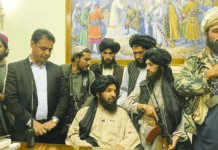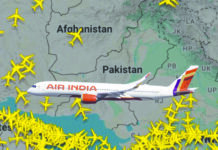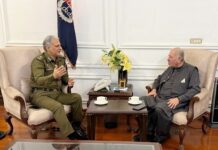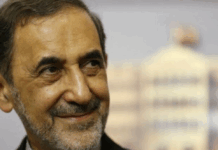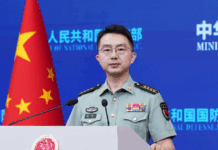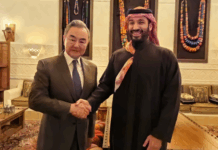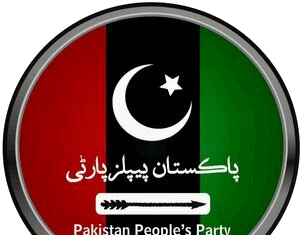NEPRA will approve the government’s request to increase the electricity by up to Rs 7.50 per unit at the high end, but at Rs 4.96 in the nationally determined average tariff. The average tariff will now be Rs 29,78, up from Rs 24.82 at present, per unit. The government request came after the Cabinet approved the hike. Though reasons included the depreciation of the rupee (which has made capacity payments all the greater), high inflation and high interest rates, everyone knows that the real reason was the IMF. Indeed, the IMF could claim that it had been generous in approving a $3 billion Stand-By Arrangement without Pakistan having fulfilled the condition of the tariff increase. Indeed, the revisions to the 2023-2034 budget including the rollback of what the IMF thought was an amnesty scheme, and the removal of import restrictions, both preceded the SBA, as did the interest rate hike of one percent. This is only the first increase the consumer has to face, because the government has actually an increase of Rs 50 per unit, which means that the cost per unit should end up at Rs 75.
The primary reason is the need to eliminate the circular debt, which had reached Rs 2.6 trillion by April. The PTI came down heavily on the increase, but its focal person, who criticized it for being inflationary, did not propose a solution, or promise to reverse the increase if the PTI returned to office. This tariff hike is the cornerstone of the IMF’s solution to the circular debt problem, though it does not take into account the ‘cascade effect’, whereby consumers simply abandon the system because they cannot afford to pay their utility bills. That may have already started to happen, with a report from the private sector saying that there was a 9.5 percent generation decline in the fiscal year just ended. The economic slowdown may have contributed, but so did the tariff hikes.
Will this lead to consumers turning to solar power, or plain and simple theft? Whatever the case, the distribution companies may find the financial viability compromised if this ‘cascade effect’ takes hold and continues. The go-to solution of raising the power tariff is bound to produce diminishing returns at one point or another. On the other hand, Prime Minister Shehbaz Sharif’s call for a Charter of the Economy, repeated at a laptop distribution ceremony, sounds more meaningful than ever. The tariff hike is just the sort of thing where an agreement is needed, because what can be more populist than refuusing the IMF over power tariffs?


